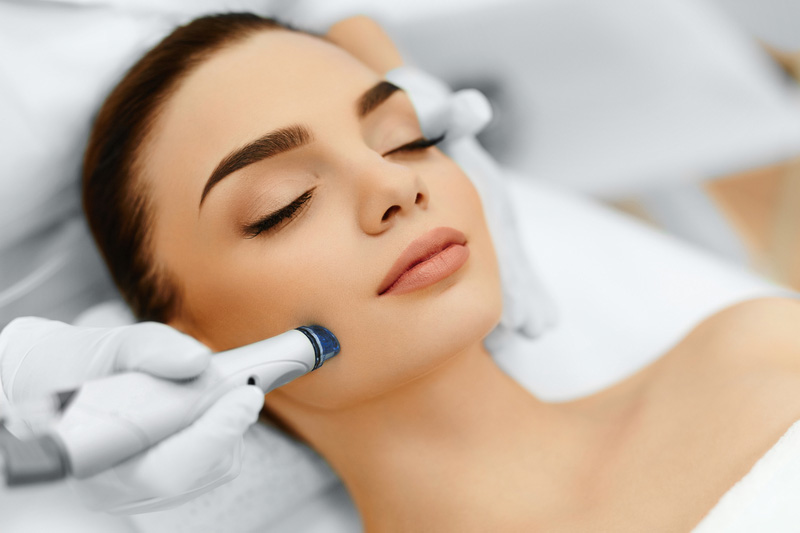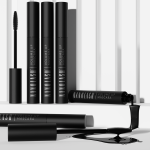Aesthetic dermatology includes all professional treatments the aim of which is to improve not only our mood but also appearance. The wide range of such treatments include peelings that almost every single beauty parlour has in its offer. But which peeling to choose?
Before you made a decision concerning the skin peeling treatment, no matter if you do it on your own or if you want to follow your beautician’s advice, you have to know a few details first. It’s not wise to undergo a procedure without having the insight into what the treatments are in particular.
Peeling – it’s a procedure that depends on exfoliating dead epidermis cells from various the skin layers. The intensity of the beauty procedure depends on, among others, the kind of preparation used, method of exfoliation and obviously, condition of our skin.
The most general division of peelings is as follows:
1. MECHANICAL PEELINGS (PHYSICAL) – these are all treatments that exfoliate epidermis in a physical way. Frequently, during this procedure one of the following means is used: corundum grains, diamond grains (microdermabrasion), laser, liquid nitrogen, carbon dioxide or ultrasounds (cavitation peeling).
2. CHEMICAL AND ENZYMATIC PEELINGS – treatments that depend on exfoliating dead epidermis cells due to matching the skin problem with safe chemical substances. In general, these are called chemabrasion.
The second division of peelings can be categorised accordingly to their action depth:
1. SURFACIAL PEELINGS – their action is restricted only to epidermis since they are able to penetrate no deeper than 0,06-0.45 mm. Surficial peelings can be undergone in doctor’s offices, dermatologist’s offices and even in highly-qualified beauticians. These treatments can be divided into:
- enzyme peelings, the action of which is based on enzymes neutralising dead epidermis cells,
- scrubs, where coarse substances are used (i.e. fruit seeds, salt, sugar),
- brushing, as the name speaks for itself, this procedure requires the use of brushes specially designed to remove dead epidermis cells,
- peel-off, a technique that takes advantage of exfoliating face masks.
2. MEDIUM-DEPTH PEELINGS – treatments affecting epidermis and the upper layer of skin, the action of which reaches approximately 0.46-0.6 mm. This kind of a treatment must be conducted by a professional doctor, i.e. a dermatologist.
3. DEEP PEELINGS – procedures that reaches the deepest skin layers. They are able to reach and affect skin located 0.61 mm under epidermis. Such a treatment can be performed only by an aesthetic medicine doctor or a plastic surgeon. Here we can distinguish the following types of the procedure:
- herbal peeling, that works thanks to special herbal mixtures;
- exfoliation, that depends on using acid-like preparations;
- dermabrasion, it requires to use a sophisticated device and diamond grains.









Leave a Reply